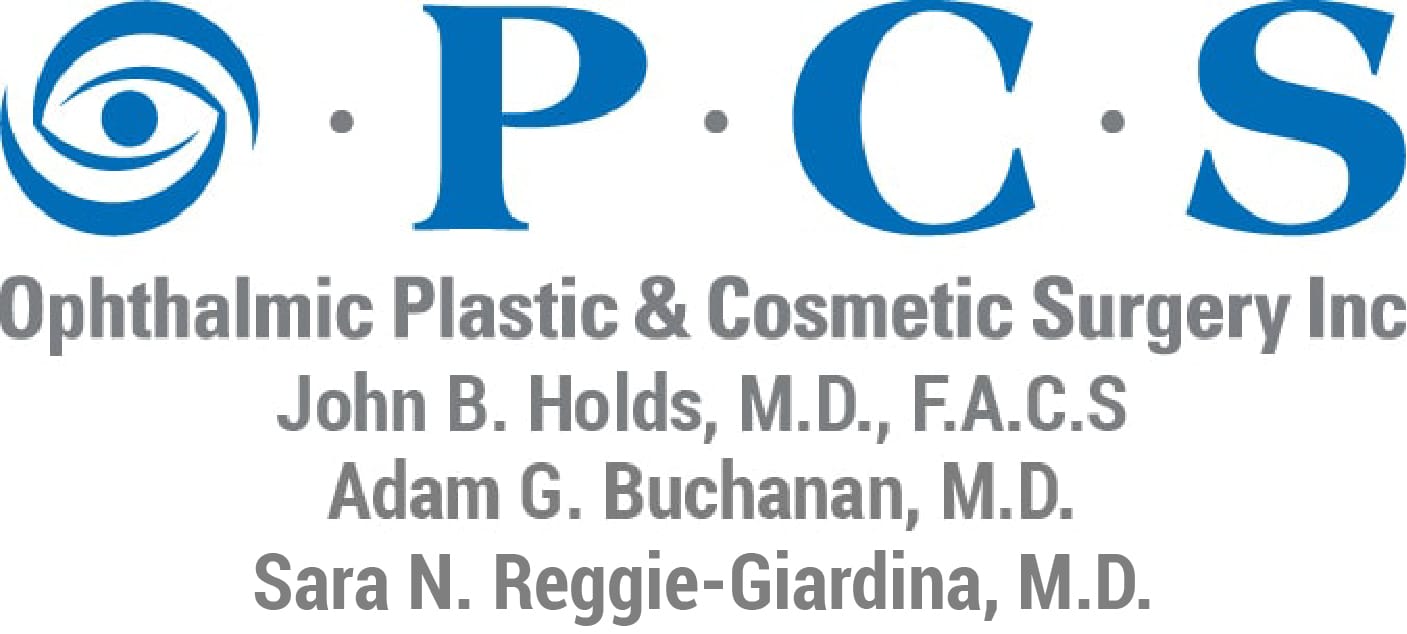Do I Need Surgery to Treat Thyroid Eye Disease?
- Posted on: Oct 15 2021

Surgery is rarely the first approach to treating thyroid eye disease. When the condition is detected early, a doctor may prescribe eye drops or gel. For acute cases with severe symptoms, a doctor may prescribe a course of high-dose steroids that gradually decreases over days or weeks. An ophthalmologist may be brought into the case plan when TED has reached a chronic stage in which its progression has stabilized and the bulging can be corrected with surgery.
Thyroid Eye Disease Surgeries
The purpose of thyroid eye disease surgery is to correct some degree of the damage that may have been caused by scarring. A surgical procedure can help correct multiple symptoms of TED, including retracted eyelids, double vision, bulging, and misaligned eyes. The challenge that thyroid eye disease presents is that the desired degree of correction may not be achieved in the first surgery. Some patients may need multiple eye surgery to improve vision and appearance. These procedures may follow a specific order.
Orbital Decompression Surgery
As it sounds, orbital decompression surgery is performed with specific objectives. These include:
- Improvement of eye comfort.
- Better eyelid closure to cover the ocular surface.
- Improved appearance, less bulging of the eyes.
- Relief of optic nerve pressure.
- Some degree of improvement of double vision, if possible.
Orbital decompression surgery is usually performed using endoscopic techniques, which utilizes small incisions. The objective is to create room behind the eye for the enlarged muscles that form due to TED. To do this, the surgeon may sculpt a section of bone posterior to the eye globe. Fatty tissue may also be modified so that the eye can sit in a proper socket.
In addition to orbital decompression, some patients need further surgery to correct the effects of thyroid eye disease. Some may need strabismus surgery to correct double vision, some may need a subsequent procedure to reposition the eyelids. Face sculpting may also be beneficial, via surgical techniques or injectable treatments.
Ophthalmic Plastic and Cosmetic Surgery Inc. has offices in St. Louis and St. Peters. Contact us to schedule your consultation for thyroid eye disease surgery.
Posted in: Thyroid Eye Disease

